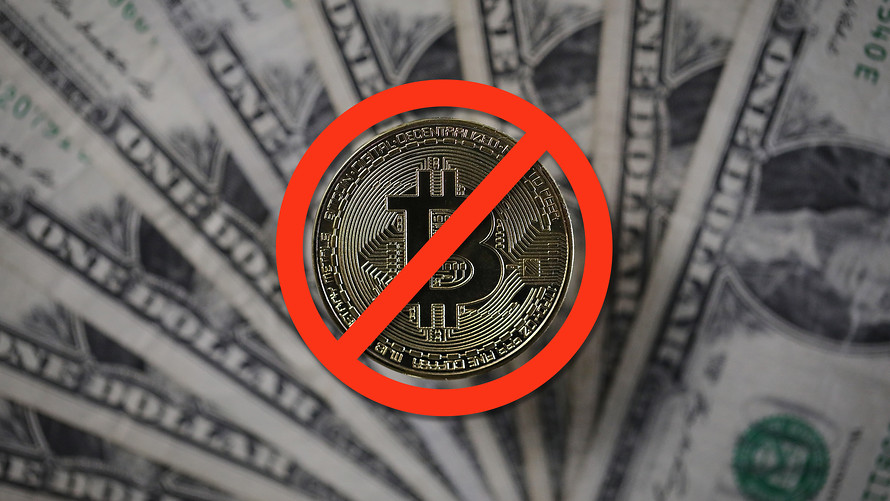Innovations in blockchain are creating new versions of familiar models for raising funds.
The term ICO (Initial Coin Offering) is everywhere these days. It’s nearly impossible to read anything about blockchain and cryptocurrencies and not come across it. Insane fundraising events like Tezos’ US $232 million token sale or Filecoin’s US $257 million have popularized the model in the press.
However, despite their glorious rise even companies like Tezos have been hit with lawsuits for securities fraud due to shifting regulations and it’s unclear if investors who felt they were misinformed during the ICO will ever be refunded. Tezos isn’t alone. Blockchain startup teams are raising millions of dollars at the very earliest proof-of-concept phase based on potential and hype rather than traction, team and product market fit. This decentralized access to capital is fueling the rise of blockchain applications in a massive way. But this increased popularity is also revealing ways the model needs to evolve.
What is an ICO?
ICO stands for Initial Coin Offering. It’s a fundraising event — sometimes called a crowdsale, token generation event or token sale — where a company releases its own cryptocurrency with the intention of raising capital to fund the development of a project and validate community interest as it’s being developed. These coins (tokens) are most commonly exchanged for Ethereum today as majority of projects have been built on the Ethereum platform, but over the past year more platforms have launched like EOS, NEO, Icon and Cardano upon which decentralized applications are being launched.
Basically, an investor submits their investment tokens to a smart contract. In exchange, that investor receives back an amount of new tokens relative to the price of the new currency purchased in the offering. There are some traditional investment parameters written into each smart contract like minimum amounts of funds needed to raise, lockups for bonus tokens and hard caps for the amount of funds the project is willing to accept at this time.
When did this all begin?
The first ICO was held by Mastercoin July 31, 2013. Led by Brock Pierce and Scott Walker from DNA, the Mastercoin project officially launched with a public fundraiser where anyone could buy Mastercoins by sending bitcoins to a special wallet address. Investors holding tokens that supported the platform from its launch could sell them on an open market and realize a return as they increased in value when the project progressed. Approximately 500 people invested about 4,700 bitcoins in the project, which by December that year was worth about US $5M when bitcoins price-surged from about $100 to $1000.
The ICO that changed the world was lead by Ethereum founder, Vitalik Buterin, in 2014. According to the CoinTelegraph, in just about 12 hours after the token sale began, 7.4 million ETH had been pre-sold, which at that time was about 3,700 BTC or US $2.3 million. He reportedly ended up raising more than US $15 Million in order to kickstart the project and solidify interest in growing the platform. Ethereum’s ERC20 protocol made the ICO movement possible and has become the dominant platform on which the ICO model has grown over the past year.
How is an ICO different from traditional crowdfunding?
While ICOs won’t completely replace traditional venture capital anytime soon, the decentralized access to capital is clearly disrupting traditional fundraising models for fiat, angel and venture investors alike. An ICO, minus the technology and smart contracts, is basically like a Kickstarter, Indiegogo or equity crowdfunding fundraiser. A company has a project it wants to get off the ground, they produce marketing materials (e.g. white paper), ideally develop some type of working prototype, then post a public offering to raise funds to support the project before it has officially launched. In the case of Kickstarter or Indiegogo, these funds are considered “donations” in exchange for a promise to send a product once it had been produced later.
However, not all projects are successful, even with capital. Some problems we’re seeing in blockchain have plagued traditional startups for years. One of the most widely popularized crowdfunding campaigns in history, for the Lily Drone, raised US $34 Million in pre-orders in 2015 and a subsequent $15M in venture capital. It ultimately shut down last year, its creators unable to deliver the product they promised.
Crowdfunding shifted the playing field and gave startups a way to validate “traction” for an idea before trying traditional fundraising sources. Like traditional crowdfunding, token sales are decentralizing access to capital and providing startups access to even more capital than they could typically raise at such an early stage. No wonder founders are so fond of this approach.
Source/More: Initial Coin Offerings and the New Age of Startup Fundraising














